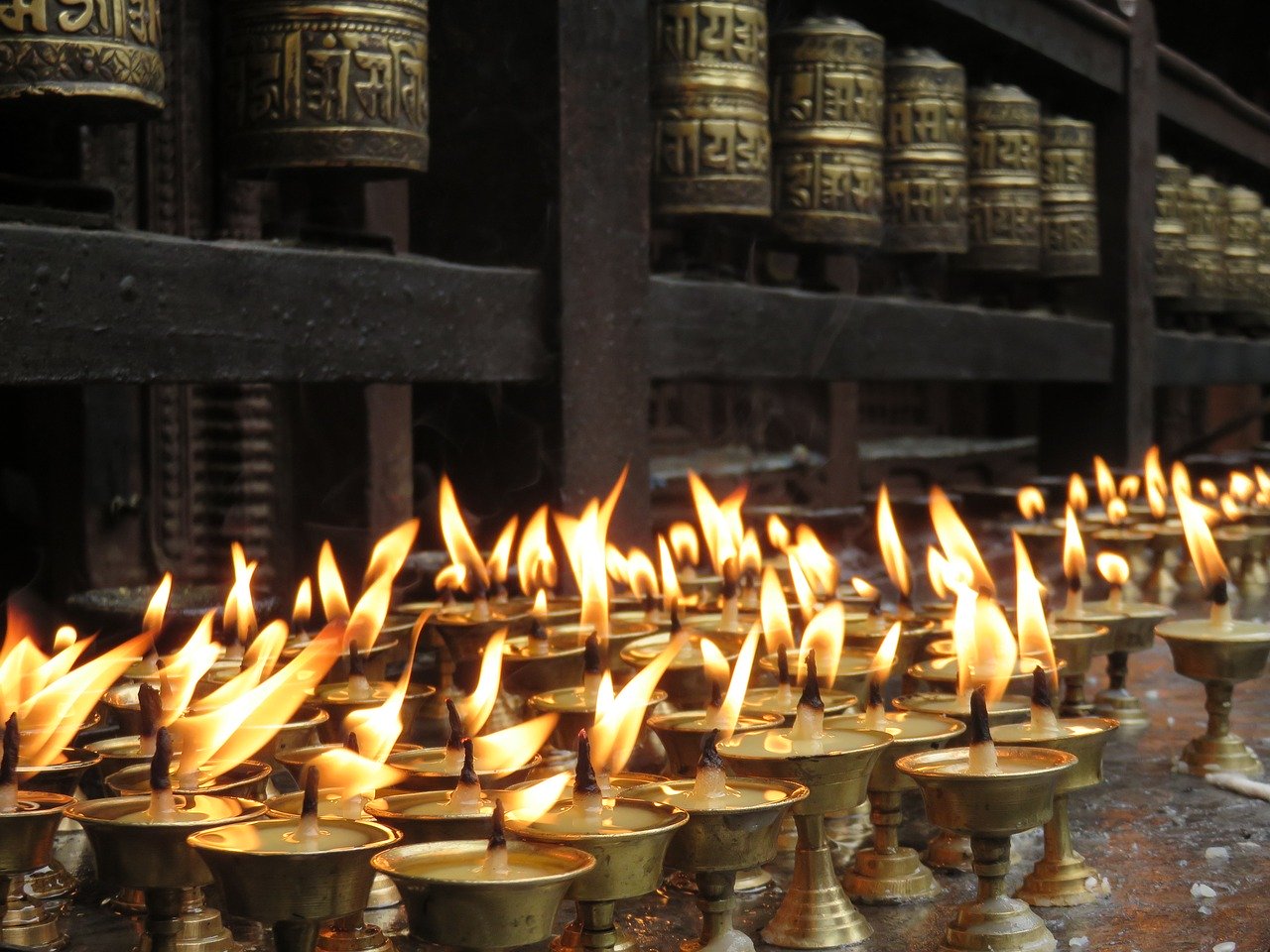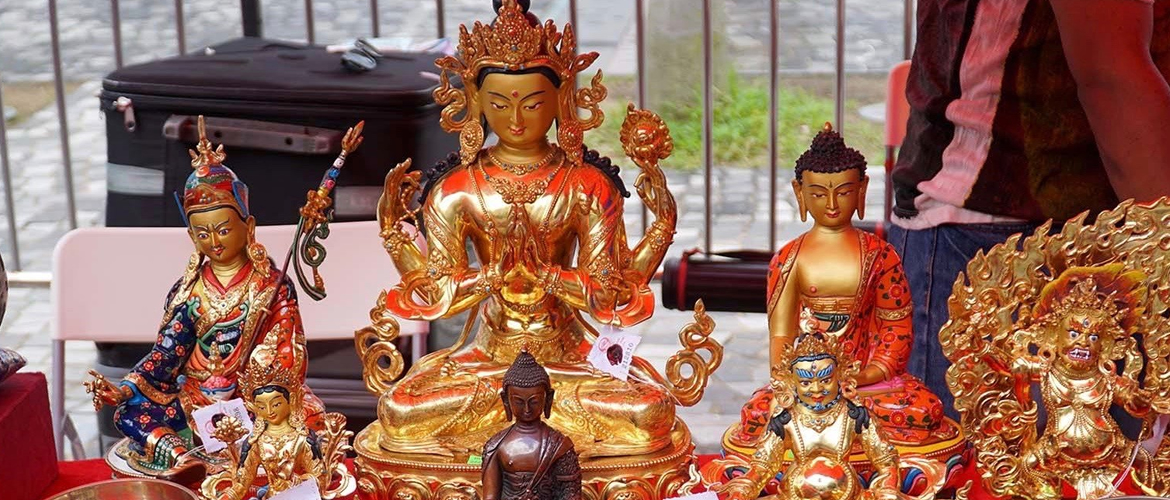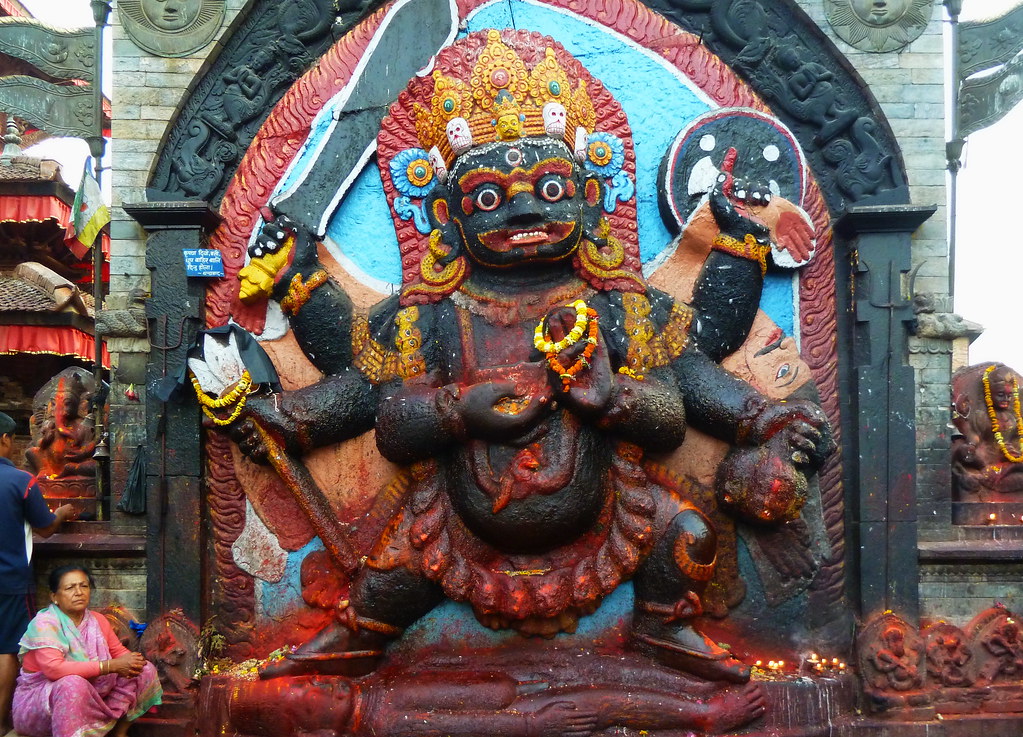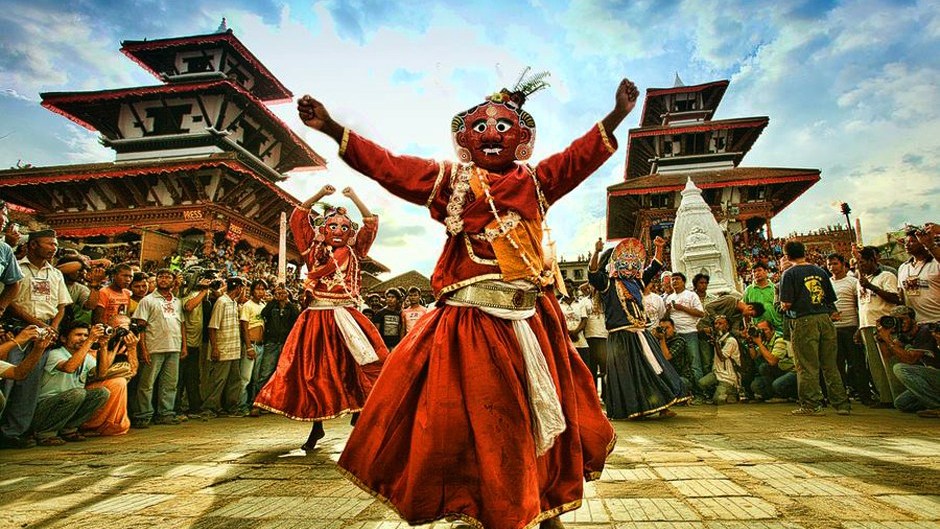Lumbini the Birthplace of the Buddha
The Buddha: Founder of Buddhism and His Legacy
Buddhism’s founder, the Buddha, was born as Siddhartha on a full moon day in May 623 BC in Lumbini, Nepal. His father, Suddhodhana, was the king of Kapilvastu, a small town in southwestern Nepal. After his mother, Maya Devi, passed away, Siddhartha was raised by his aunt and stepmother, Prajapati Gautami. Prajapati Gautami, a significant figure in Siddhartha’s life, was also the first woman to become a Buddhist nun. The Buddha’s teachings, including the Four Noble Truths and the Eightfold Path, continue to inspire millions.
Exploring Lumbini: The Birthplace of the Buddha
Lumbini, about 300 km southwest of Kathmandu and a four-hour drive from Gorakhpur, India, is a UNESCO World Heritage Site. The Lumbini Sacred Garden houses the ancient Maya Devi Temple, which contains ruins of the original temple, the Buddha Nativity Sculpture, and the Marker Stone indicating the exact birthplace of the Buddha.
Historical Significance of Lumbini
The earliest archaeological evidence of Lumbini as the Buddha’s birthplace is a stone pillar erected by Indian Emperor Ashoka in 249 BC. Other historical references include travel accounts by Chinese pilgrims in the 4th century.
Tilaurakot, 41 km west of Lumbini, was Siddhartha Gautama’s home for 29 years. The ruins of Suddhodhana’s palace can still be seen in Tilaurakot. Kapilvastu, the kingdom ruled by the Shakya dynasty, was the birthplace of many significant religious and archaeological sites.
Key Historical References and Events
- Ashoka’s Visit: In 249 BC, Emperor Ashoka visited Lumbini and erected a stone pillar marking the Buddha’s birthplace. His inscriptions and visits to nearby sites like Kudan, Ramgrama, Gotihawa, and Niglihawa are significant historical records.
- Chinese Pilgrims: Chinese pilgrims like Tseng Tsai (4th century), Fa-Hsien (5th century), and Hiuen Tsang (7th century) documented their visits to Lumbini. Hiuen Tsang’s account is particularly detailed.
- Rediscovery and Excavation: Lumbini was rediscovered in 1896 during an archaeological survey. Major excavations began in 1930, leading to the discovery of significant artifacts like the Marker Stone and the Buddha Nativity Sculpture.
Visiting Lumbini: Travel and Accommodation
How to Get to Lumbini:
- From Kathmandu: Regular flights from Kathmandu to Bhairahawa take about 35 minutes. From Bhairahawa, Lumbini is a 30-minute drive.
- From Sunauli (Indian Border): A one-hour taxi ride from the border brings you to Lumbini.
Accommodation in Lumbini:
- Options: From budget hotels to luxury accommodations, visitors can find suitable lodging. Many hotels offer Lumbini-Buddhist tours, vehicle services, local guides, cultural programs, and village bicycling.
Entrance Fees at Maya Devi Temple and Lumbini Museum:
- Foreigners: Rs. 50 for entrance, Rs. 75 for still cameras, and Rs. 750 for movie cameras.
- Indian Nationals: Rs. 10 for entrance, Rs. 15 for still cameras, and Rs. 200 for movie cameras.
- Filming: US$ 500 per day (script approval required by Lumbini Development Trust and Department of Archaeology).
Lumbini-Buddhist Circuit and Village Tour Itinerary (4 Days)
Day 1: Kathmandu to Lumbini
- Fly from Kathmandu to Bhairahawa (35 minutes).
- Drive from Bhairahawa to Lumbini (30 minutes).
- Visit Lumbini Sacred Garden, Monasteries, and surrounding areas (3-4 hours).
Day 2: Exploring Lumbini
- Visit Maya Devi Temple and tour the Lumbini Development Trust area (3-4 hours).
- Lumbini Village Tour (2-3 hours).
Day 3: Lumbini-Buddhist Circuit Tour
- Visit religious and archaeological sites (Tilaurakot, Kudan, Niglihwa, Gothihwa, Sagarhawa, and Lumbini) (6-8 hours).
Day 4: Devadaha and Return to Kathmandu
- Visit Devadaha and Ramagrama archaeological sites (3-4 hours).
- Fly back to Kathmandu from Bhairahawa (35 minutes).
Extended Itinerary: Explore local villages like Madhuvani, Lumbini Adarsha, Tenuhawa, and Ekala by cycling or walking, offering a glimpse into rural life and local culture.
Important Tips for Visiting Lumbini Sacred Garden
- Always follow the foot trails.
- Do not walk on the monuments.
- Do not collect soil or bricks.
- Do not offer anything to the Ashokan Pillar or the Nativity Sculpture.
- Obtain permission to use cameras.
Contact Information
Lumbini Development Trust:
- Head Office: Lumbini Sacred Garden
- Tel: +977-71-580198, 580200, 580194, 580196
- Fax: +977-71-580181
- Email: [email protected]
- Kathmandu Office: Babar Mahal, Kathmandu
- Tel: +977-01-4268285, 4268494
- Fax: +977-01-4268286
- Email: [email protected]
- Web: Lumbini Trust
Nepal Tourism Board:
- Tourist Service Centre: Bhrikuti Mandap, Kathmandu, Nepal
- Tel: +977-01-4256909, 4256229, 4226359
- Fax: +977-01-4256910
- Email: [email protected]
- Web: Welcome Nepal
Lumbini, a significant historical and spiritual site, offers visitors a profound experience of Buddhist heritage and Nepalese culture. Whether you are exploring its ancient ruins, learning about its rich history, or immersing yourself in the local culture, Lumbini provides a unique and enriching journey.




Post Comment